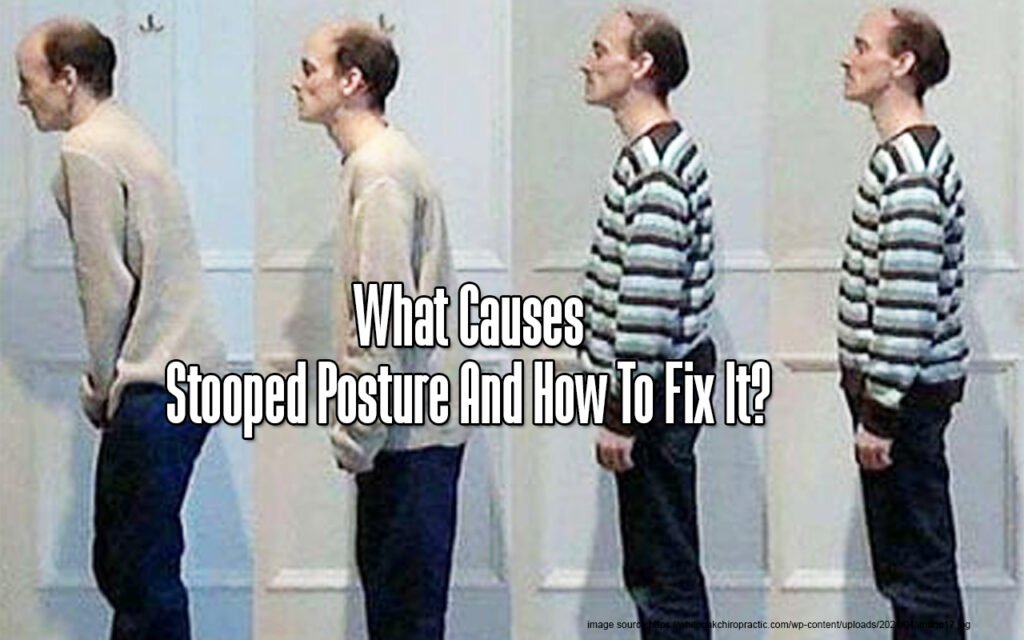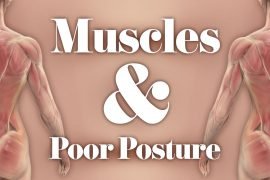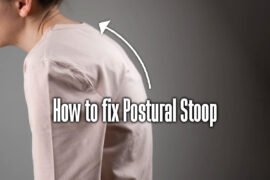We’re all familiar with the discomfort associated with bad posture that shooting back pain, tight shoulders, and tension that tends to settle in after a few hours spent hunched over a phone or slumped in a chair. Stooped posture has become an epidemic in our tech-driven world. Whether from late nights in front of our computer, poor ergonomics, or simply neglecting our body mechanics, we all can fall into bad posture habits. The great news is it can also be fixed and avoided. Here, let’s unpack what leads to a stooped posture and how to improve it for greater health overall.
What Is Stooped Posture?
Table of Contents
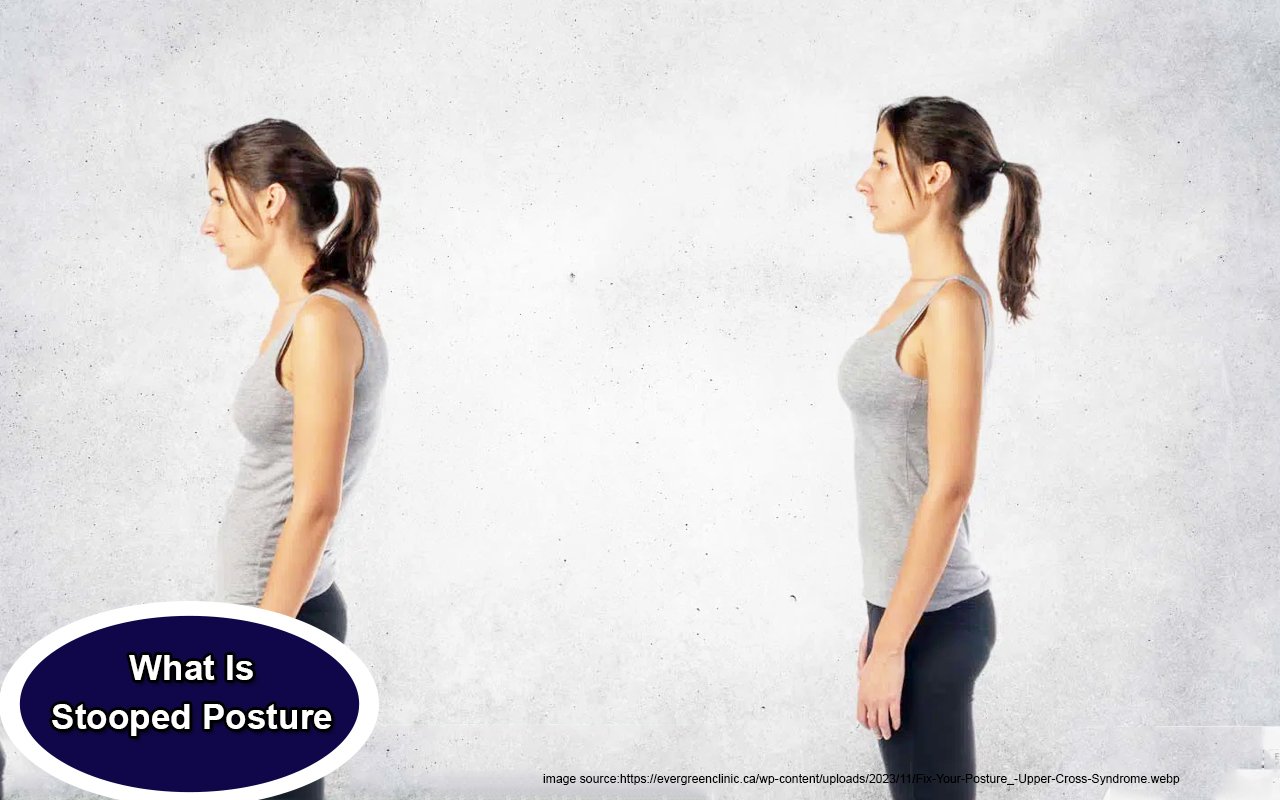
If your spine is misaligned, you develop what is known as stooped posture, where your shoulders round off and your head tilts forward. Not only does this minimize its ability to engage in a neutral position, but this curvature of your spine turns into a “C” shape instead of a neutral line. It can disrupt your body’s ability to balance and lead to discomfort and pain.
When your upper back and shoulders round forward and your head juts in front of your body, you overload certain muscles and joints. Over time, it can cause muscle fatigue, compromised lung capacity, and digestive problems. Ignoring the signs of poor posture can be easy at first, yet it can ultimately impact your mobility and health, so tackle it early on.
I distinctly remember when I noticed my stooped posture — I would catch myself slouching at my desk, and by the end of the day, my shoulders and neck would hurt. The discomfort only began to fade after I intentionally started noticing my posture and made some adjustments.
What Causes Stooped Posture?

Multiple factors causes stooped posture. Some are lifestyle-based, while others may be associated with physical conditions or aging.
Modern Lifestyle Factors
We live in a day and age where prolonged sitting is the standard. We hunched — at work, in school, and at home during our downtime. The most common culprits are:
- Prolonged Sitting: Sitting in front of a desk for hours, a screen, or even on the couch can put you in a hunched position for extended periods of time. If you literally sit all day for hours on end, your body starts to get accustomed to slouching, and your muscles start to weaken, which will make it harder for the body to sit and stand up straight.
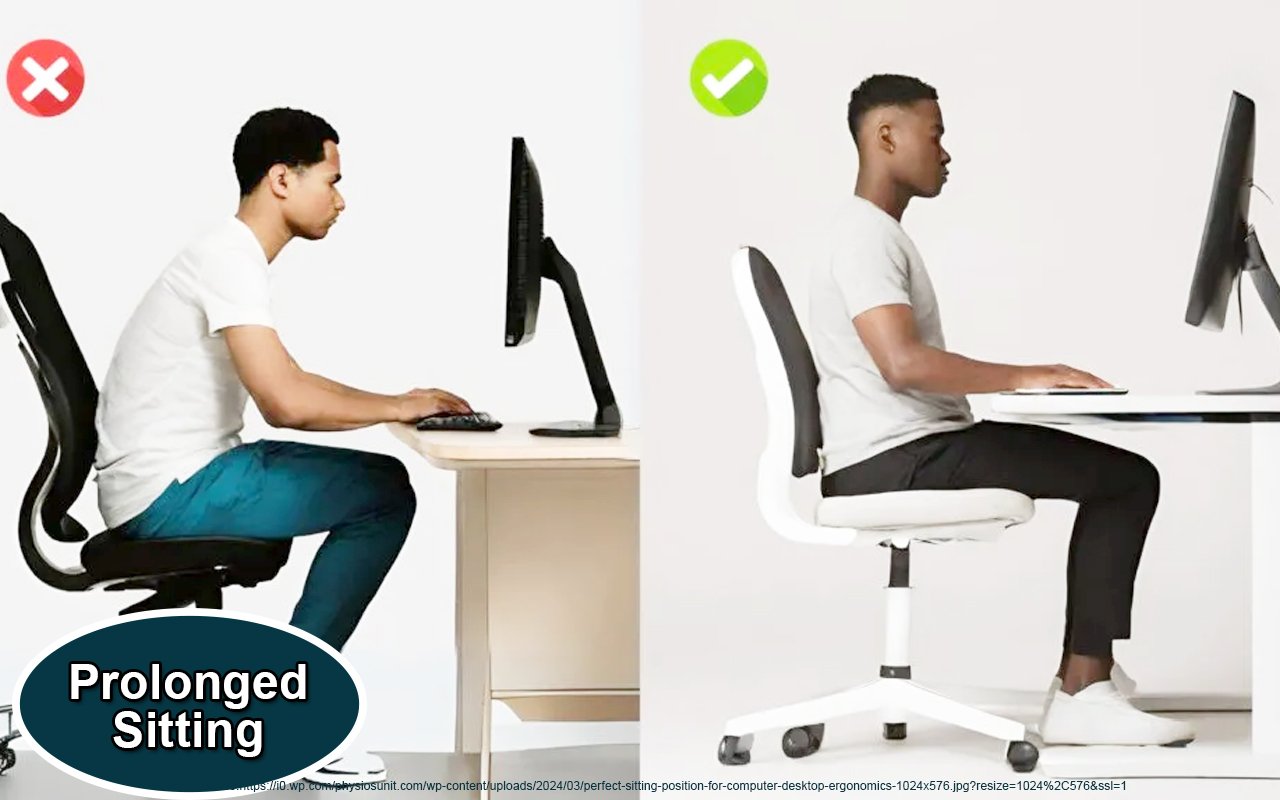
- Smartphones/Tablets: You are facing the same problem with smartphones and tablets — this phenomenon is called “text neck”. Many people stare at their devices for so long (twice the amount of time that they spend watching TV) that their necks begin to adapt to this forward head posture, thus leading to a slouched upper back.

As I started working from home, I experienced this change myself. I’d spend hours in front of my laptop, not realizing that I was ever so slowly slumping into a painful arch. Then I realized I had to change my seating.
Weak or Imbalanced Muscles
Bad posture doesn’t just come down to how you sit or stand — your muscle strength is a factor, too. When some muscles are weak, others compensate, resulting in poor alignment and slouching. Muscle imbalances that lead to stooped posture include some of the following:
- Weak back muscles: Your back muscles support your spine and keep your shoulders in line. When they’re weak, your chest muscles (pectorals) can bring your shoulders forward, causing that hunched look.
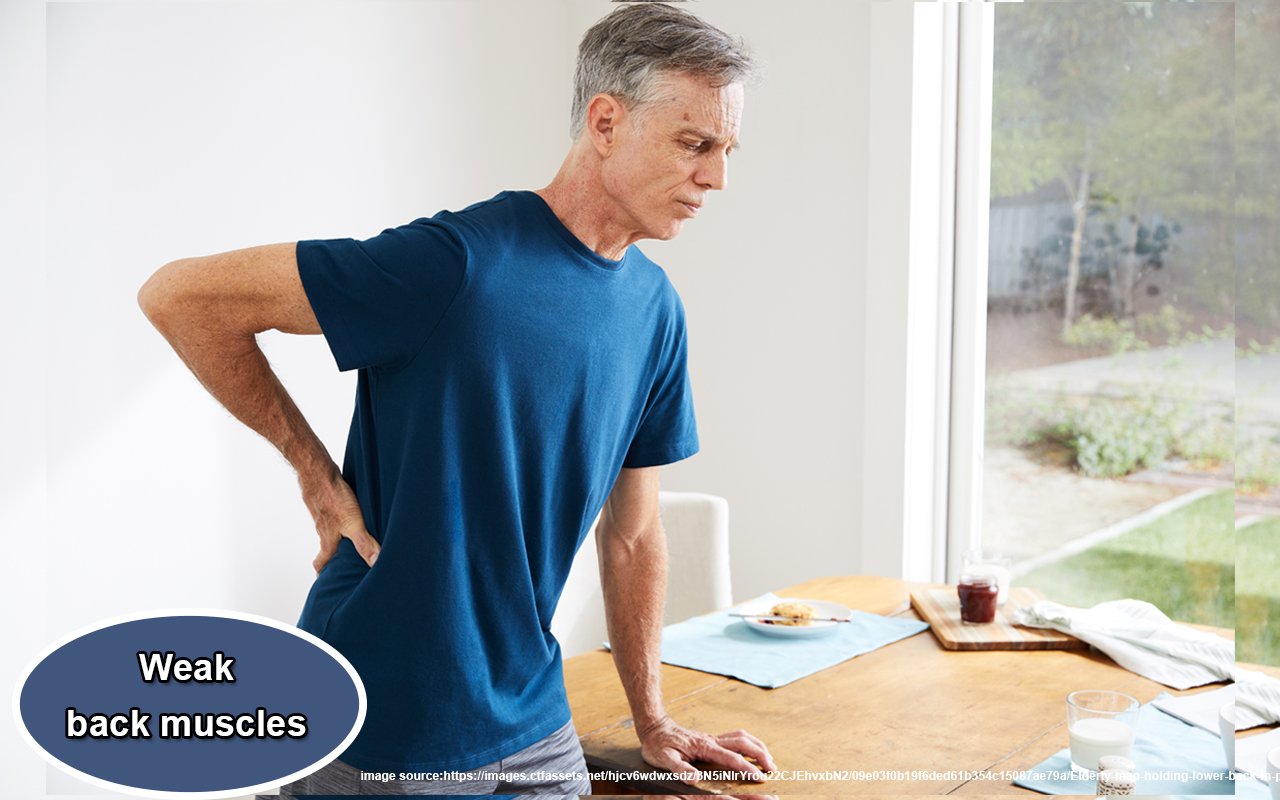
- Weak core muscles: Your abdominal & lower back muscles, which are part of your core, also help you maintain an upright position. If your core is weak, your spine has to work harder to keep you upright, leaving you more prone to slouching.
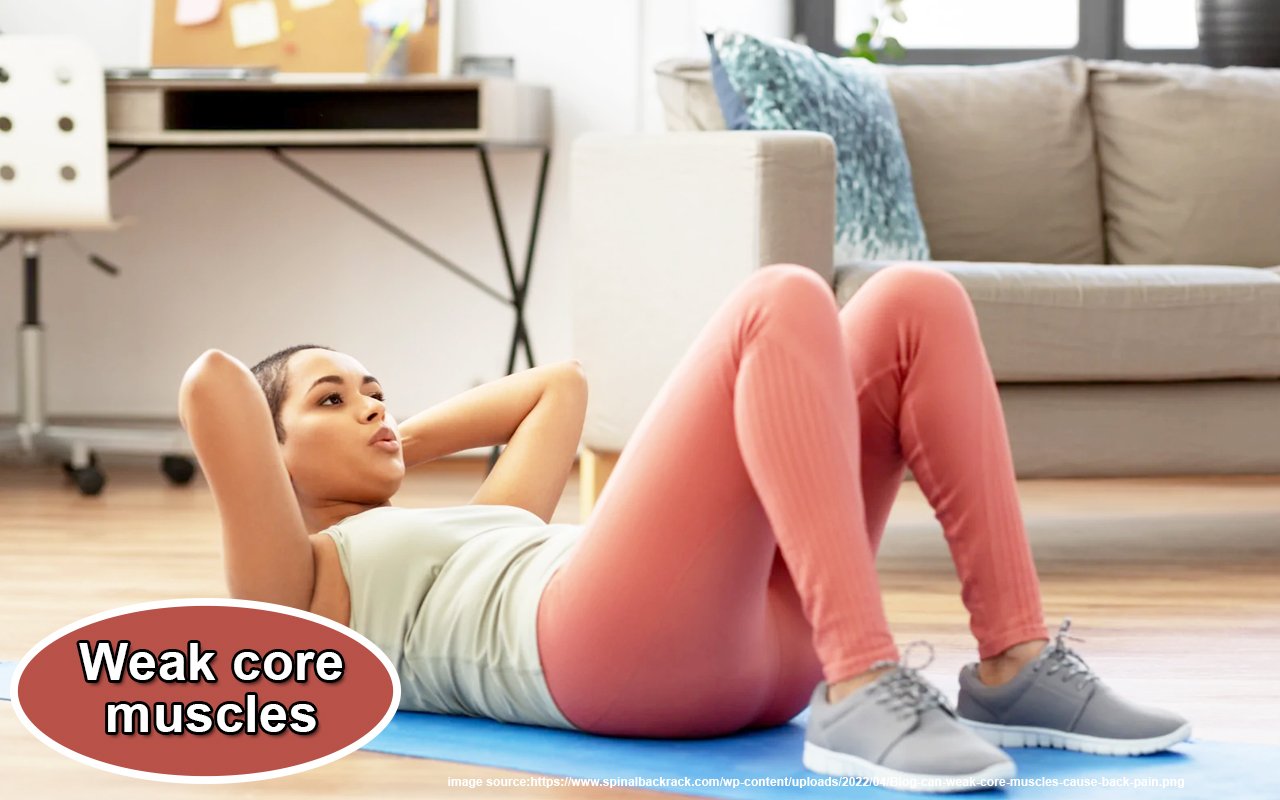
I never knew how much I lacked core strength until I started to incorporate core exercises into my routine. Building up my abs and lower back made me feel more stable standing and sitting in places where I used to easily slouch.
Tight Muscles
The culprit is sometimes as simple as tight muscles. If your muscles, specifically your chest, hips, and hamstrings, are tight, they can pull your body out of alignment and make it more difficult for you to maintain a neutral position. A few of the common offenders are:
- Tight chest muscles: Long periods of sitting, especially in a hunched-over position, can cause tightness of the muscles in the chest. This tension draws the shoulders forward, which can result in a “dowager hump” (rounded shoulders and a hunchback appearance).

- Tight hip flexors: When we sit for very long periods, the hip flexors become short, leading to an anterior pelvic tilt. Most of these misalignment conditions range from lower back to upper body posture.
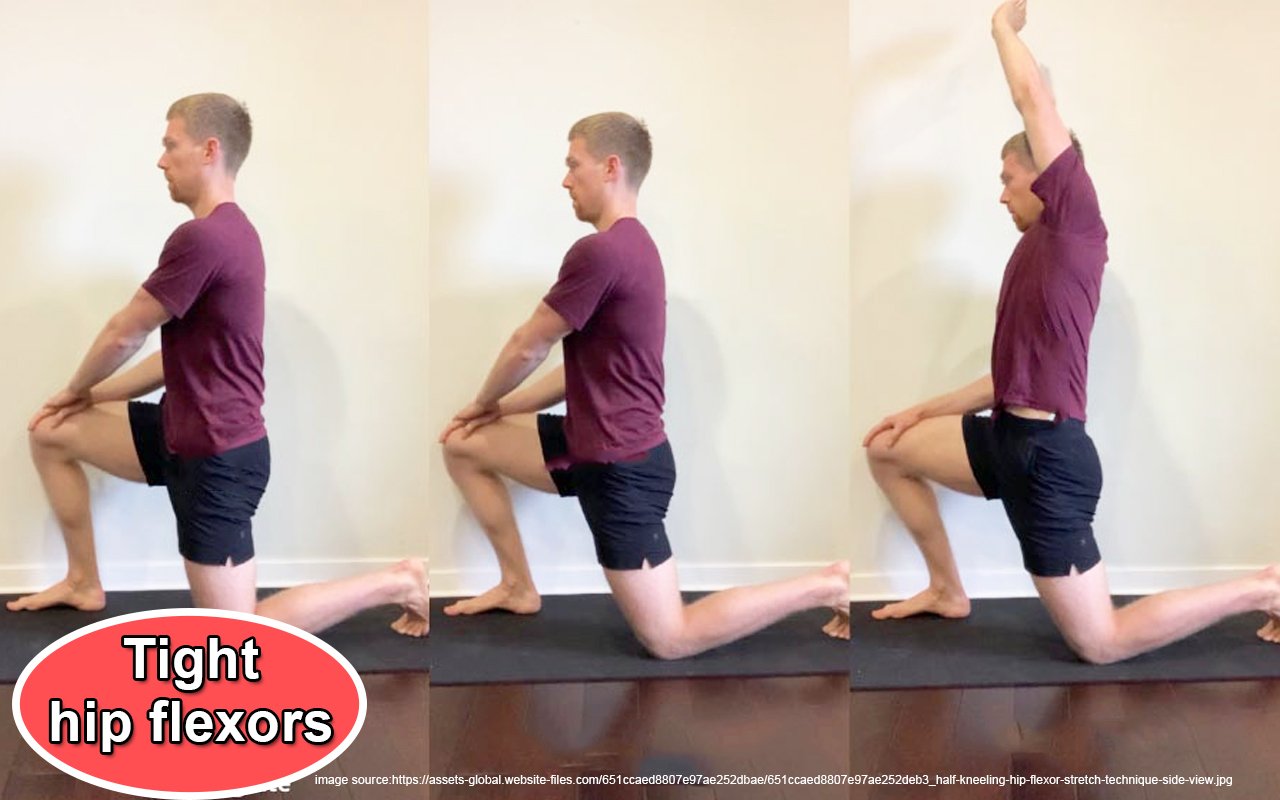
- Tight hamstrings: Tight hamstrings are another reason you may be curving your spin, causing a pelvic tilt that is also a contributor to bad posture.
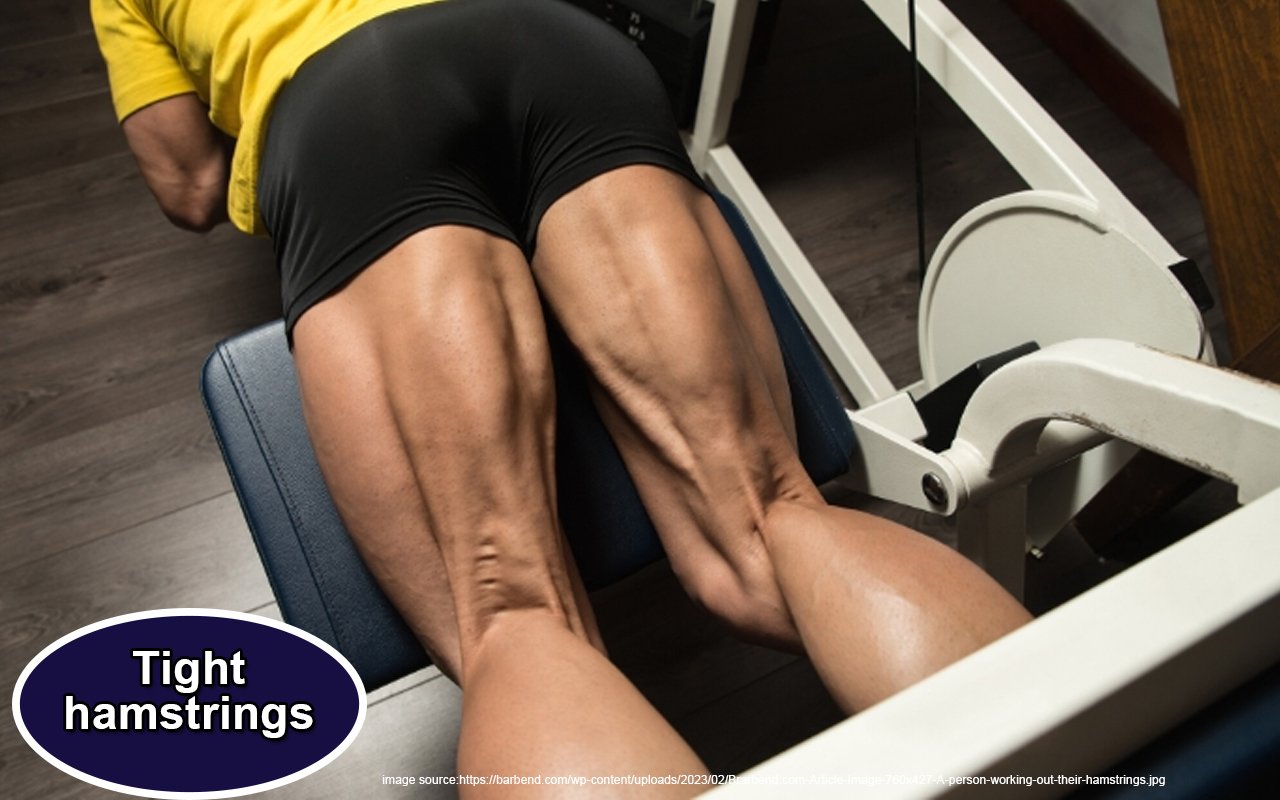
It could be something simple, such as stretching my chest and hip flexors after a long day of sitting, and I felt the improvement immediately. Stretching helped dispel that pent-up tension so that I could stand up straight without discomfort.
Aging and Medical Conditions
Changes happen in our muscles and bones as we age, and such changes can take a toll on our posture. Diseases like osteoporosis and age-related spinal degeneration can cause stooped posture:
- Osteoporosis: It leads the bones to break down and become brittle and weak, in turn affecting the spine. Osteoporosis can cause kyphosis when vertebrae in the spine crumble. Kyphosis is when the upper back has an exaggerated curve.

- Kyphosis and Scoliosis: These spinal deformities result in abnormal curves of the spine and contribute to a hunched back. Although some people are born with these conditions, they can also happen as we age or due to degenerative changes in the spine.
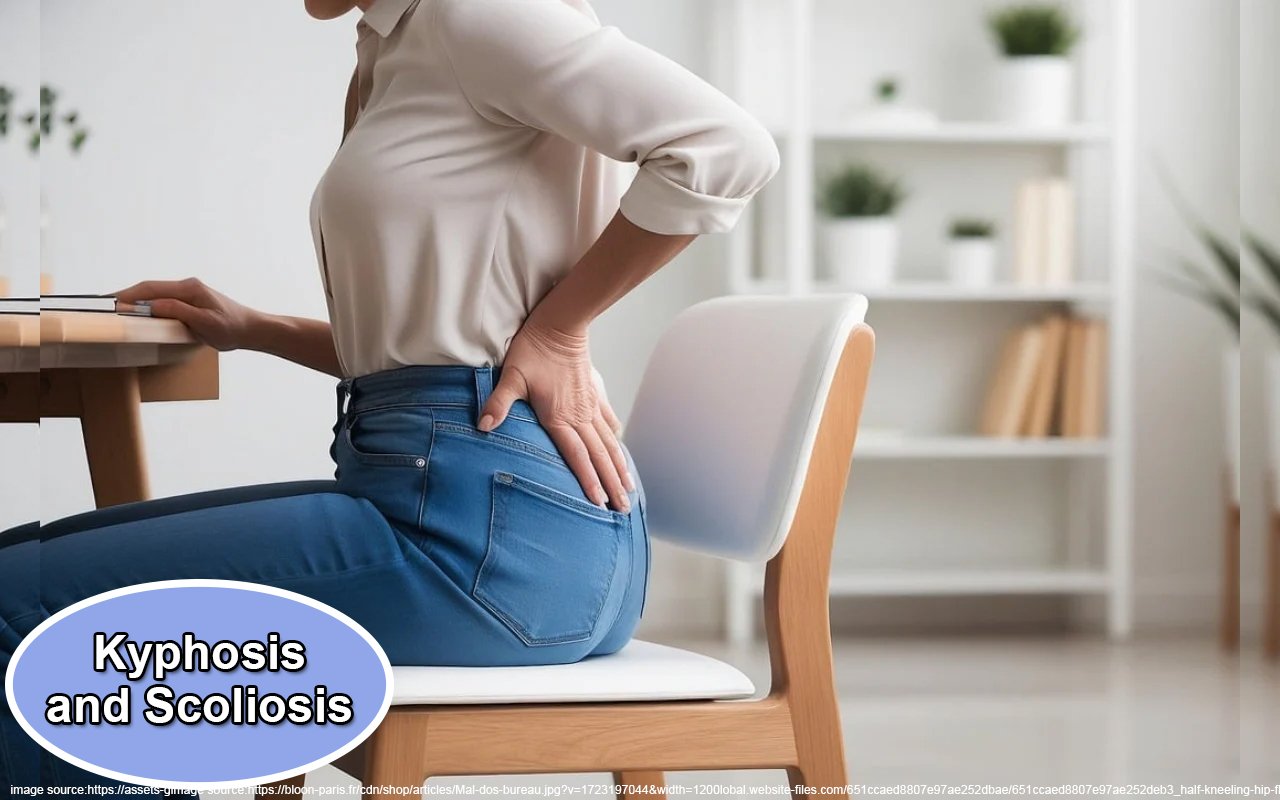
While aging is unavoidable, consistent mobility, stretching, and muscle strengthening can keep the effects of these conditions at bay.
How To Fix Stooped Posture?
Correcting stooped posture is possible if some effort is put into it. Here are a few actionable techniques you can implement to correct your posture and avoid slouching.
Posture Awareness and Habits
The first step to improving your posture is just being aware of it. You can easily fall into bad posture habits if you’re not mindful. Begin by assessing your posture throughout the day:
- Sitting: When you are sitting, maintain a straight back, relaxed shoulders (not slouched), & feet firmly planted on the ground. Your knees should be bent at a right angle, and your chair should support your lower back.
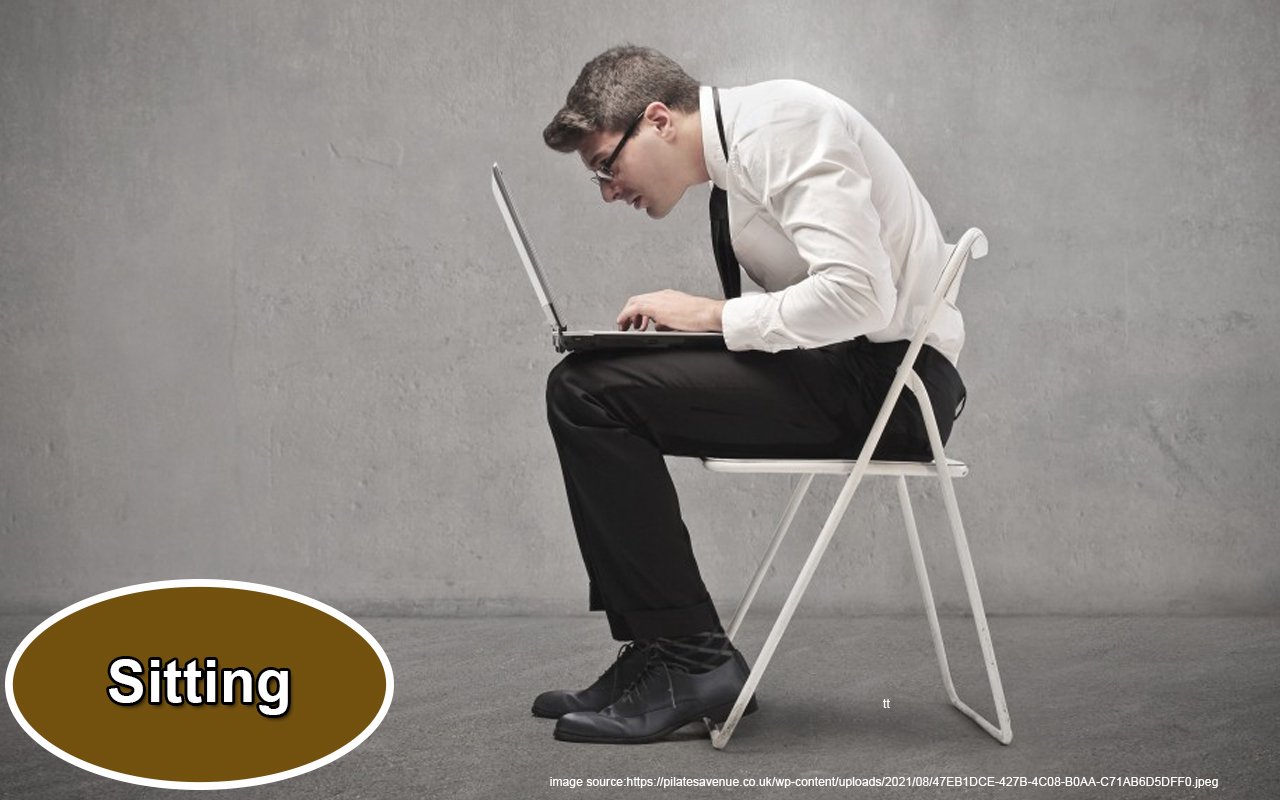
- Standing: Distribute your weight evenly while standing. Pretend a string is pulling your head straight up to align your spine.
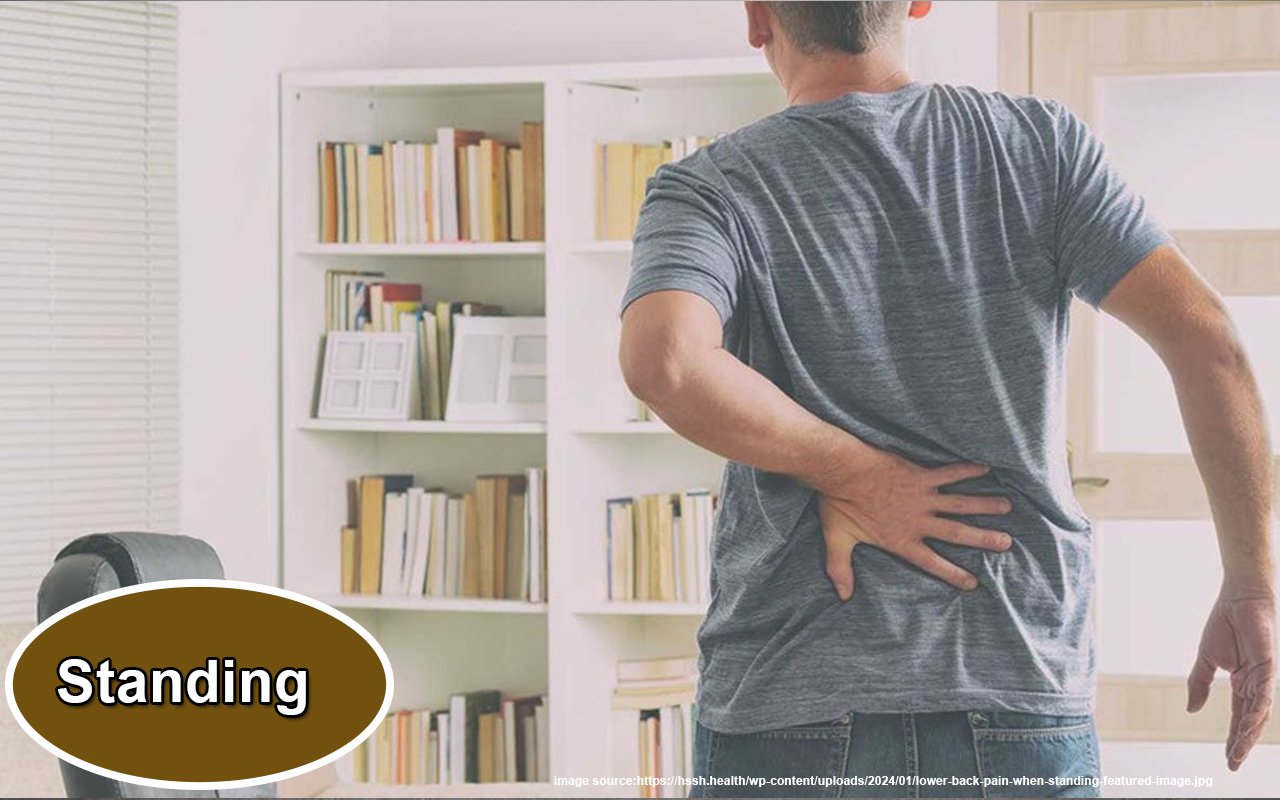
- Walking: While walking, emphasize walking tall. Think of lifting your chest and keeping your head up.
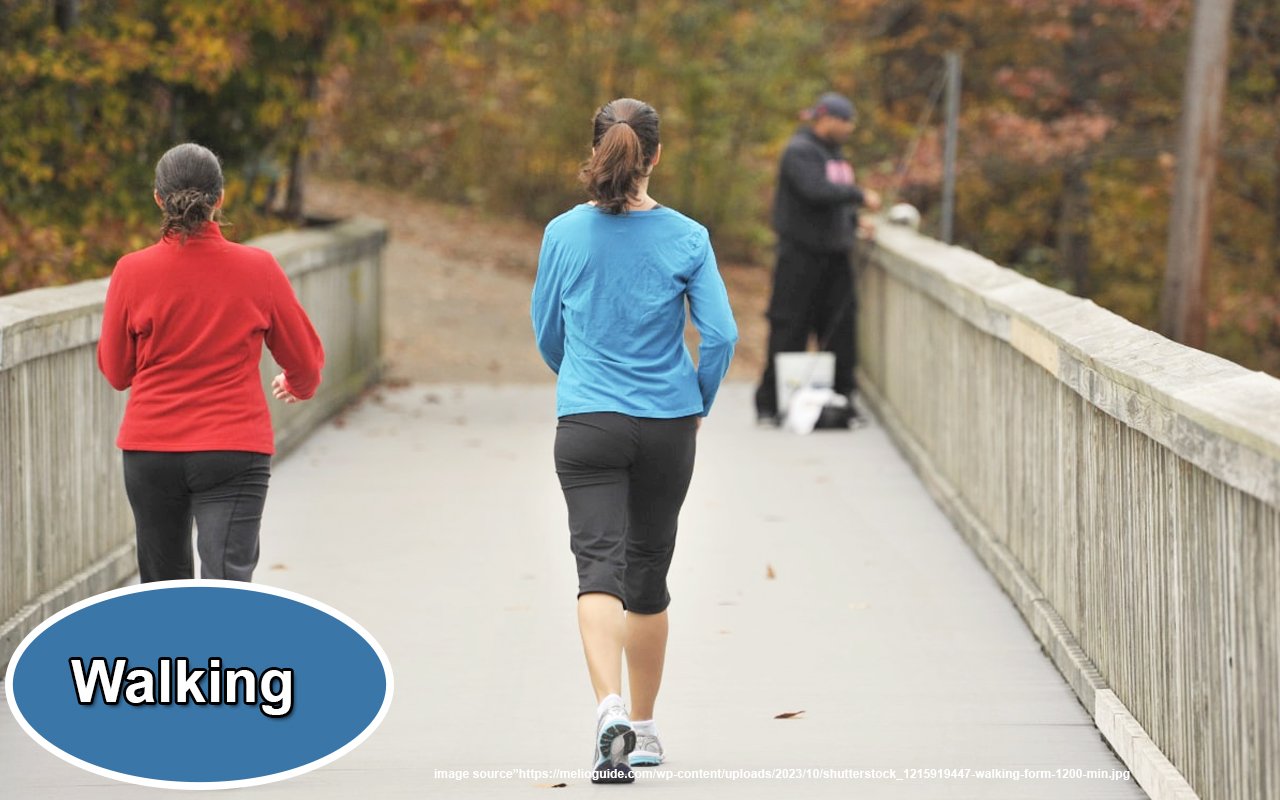
I started keeping my phone near me and setting reminders every hour to check if I had slouched. It only took a few seconds every time, but eventually, it became second nature.
Strengthening Exercises
Weak muscles are one of the reasons why people tend to have bad posture. Working on the muscles that support your spine can help keep you aligned. Below are exercises that can be effective:
- Rows: Rows help build muscles in the upper back to support the shoulders and neck. You can do the workout with a resistance band or weights.
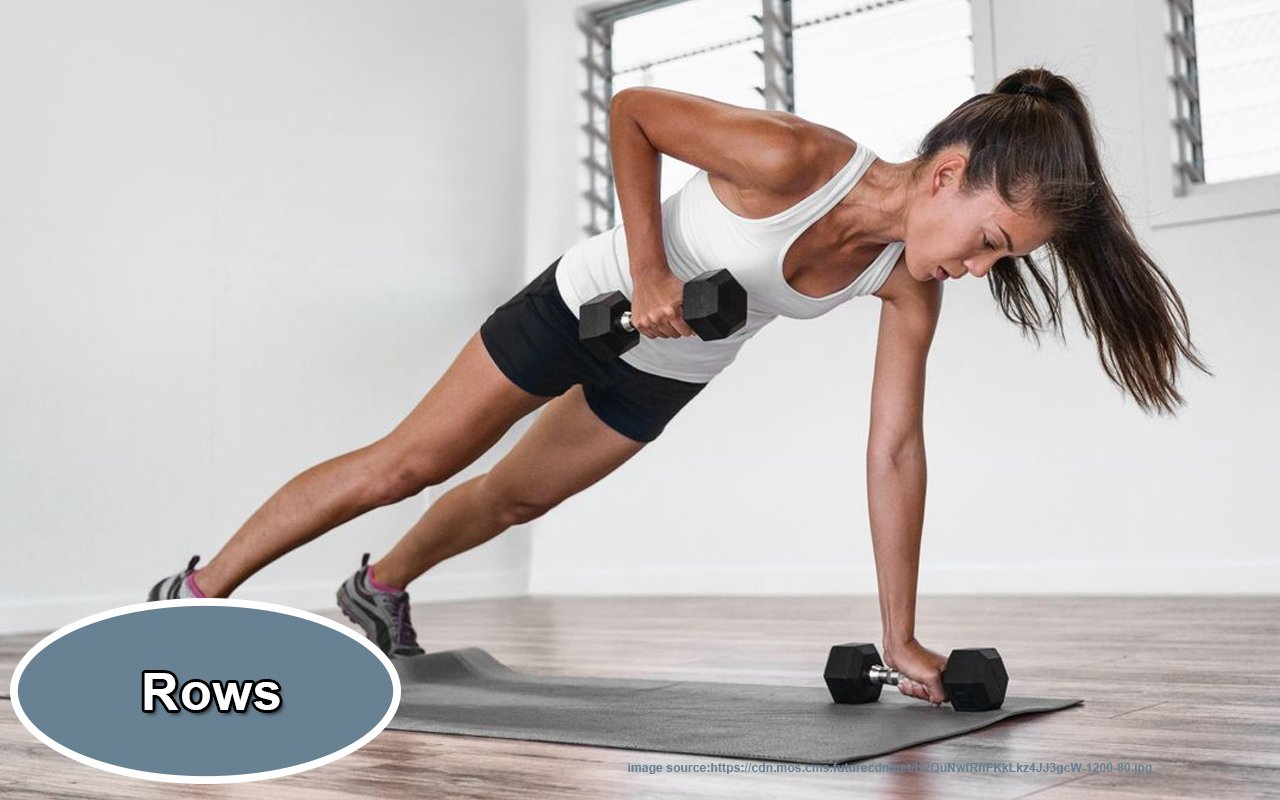
- Plank: Plank work the core muscles, which support your spine and keep you from slouching. Otherwise, just go for 20-30 seconds and build your time.

- Back Extension: First, lie on your stomach and gently raise your chest off the ground to work your back muscles. This exercise counteracts the rounded-shoulder position.
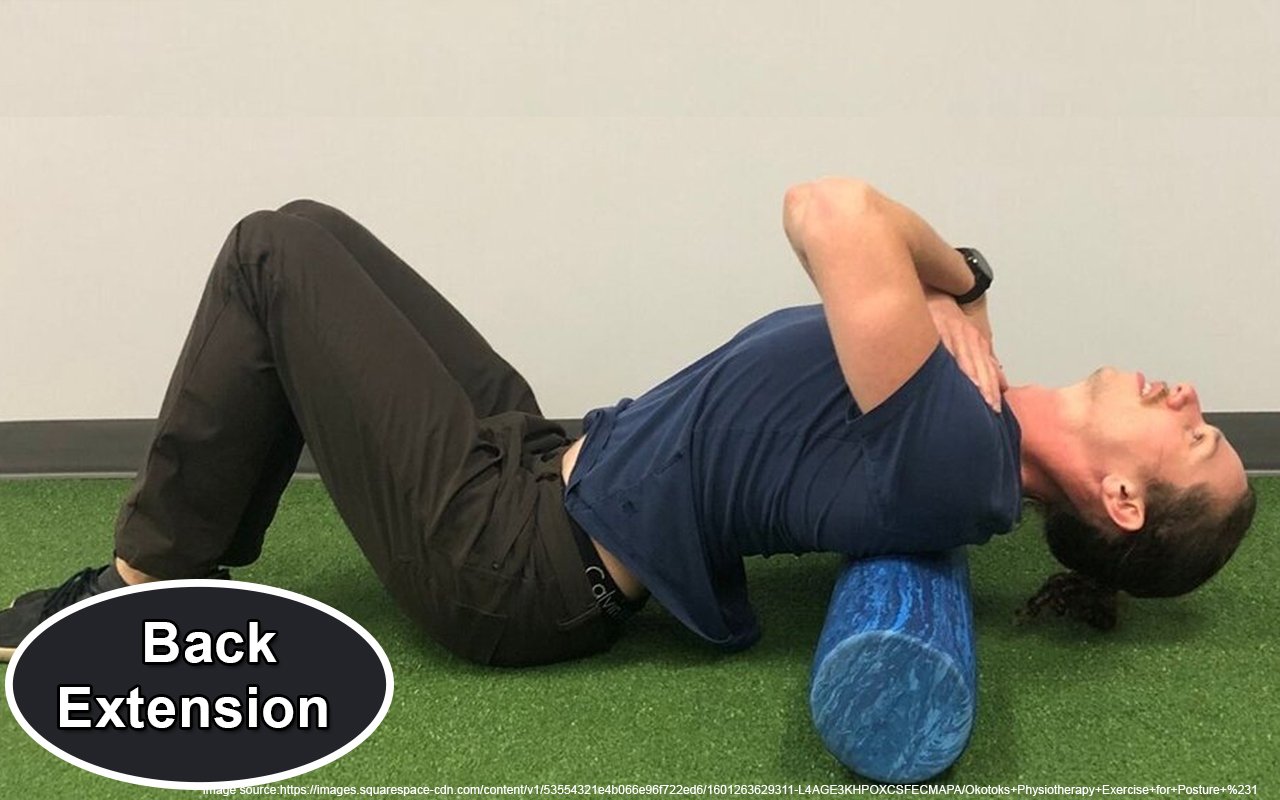
- Wall Angel: Stand with your back against a wall, arms raised in a “W” shape, then extend your arms upward. It is a great exercise that will allow the mobility on the shoulders as well as the posture to be worked on.
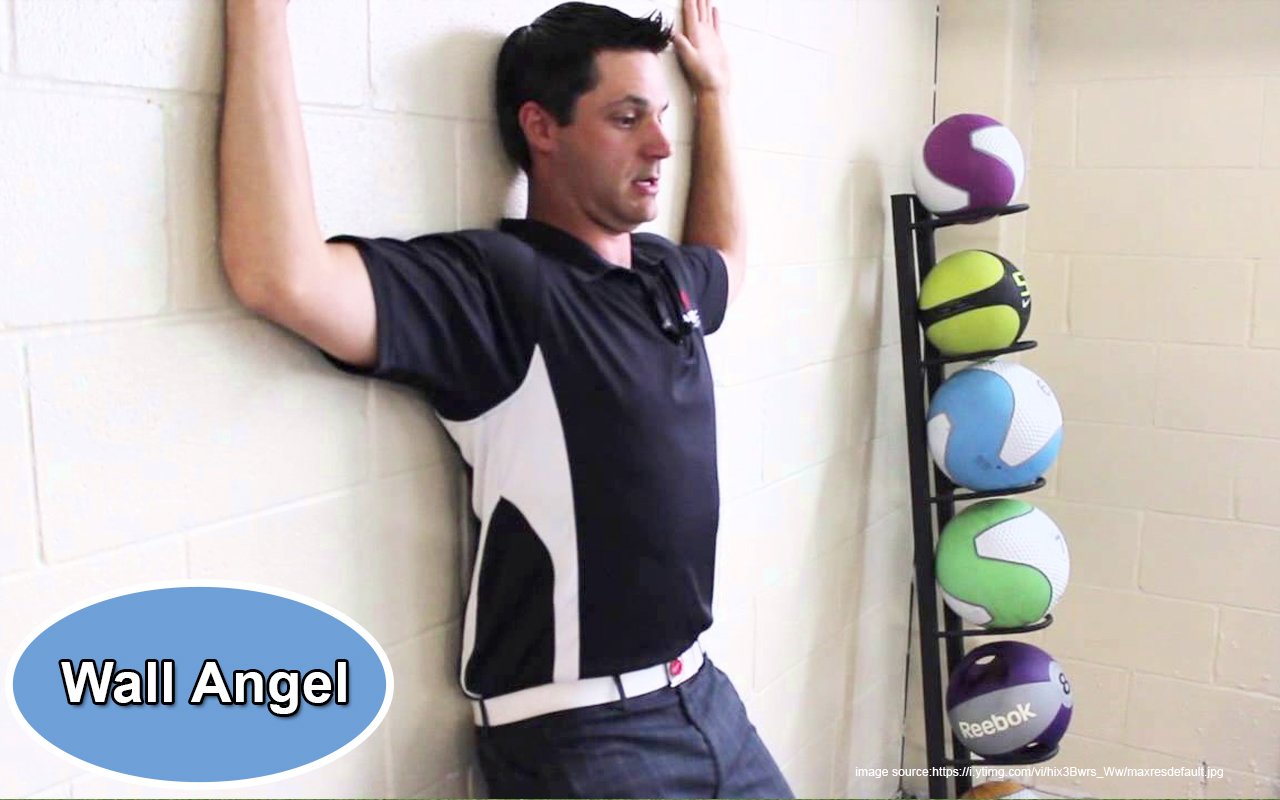
Within a few months, that all changed, and my posture improved dramatically as I began to incorporate these exercises into my routine 3-4 times per week. My shoulders were less tight, and I was more stable and upright throughout the day.
Stretching and Mobility
Adding stretching to your routine is important to help open up tight muscles that contribute to bad postures. Pay extra attention to the muscles that get stiff from sitting for too long:
- Chest Openers: Stretch and open up your chest and shoulders by clasping your hands behind your back & gently pulling up. This allows the chest to open and counters the forward hunch.
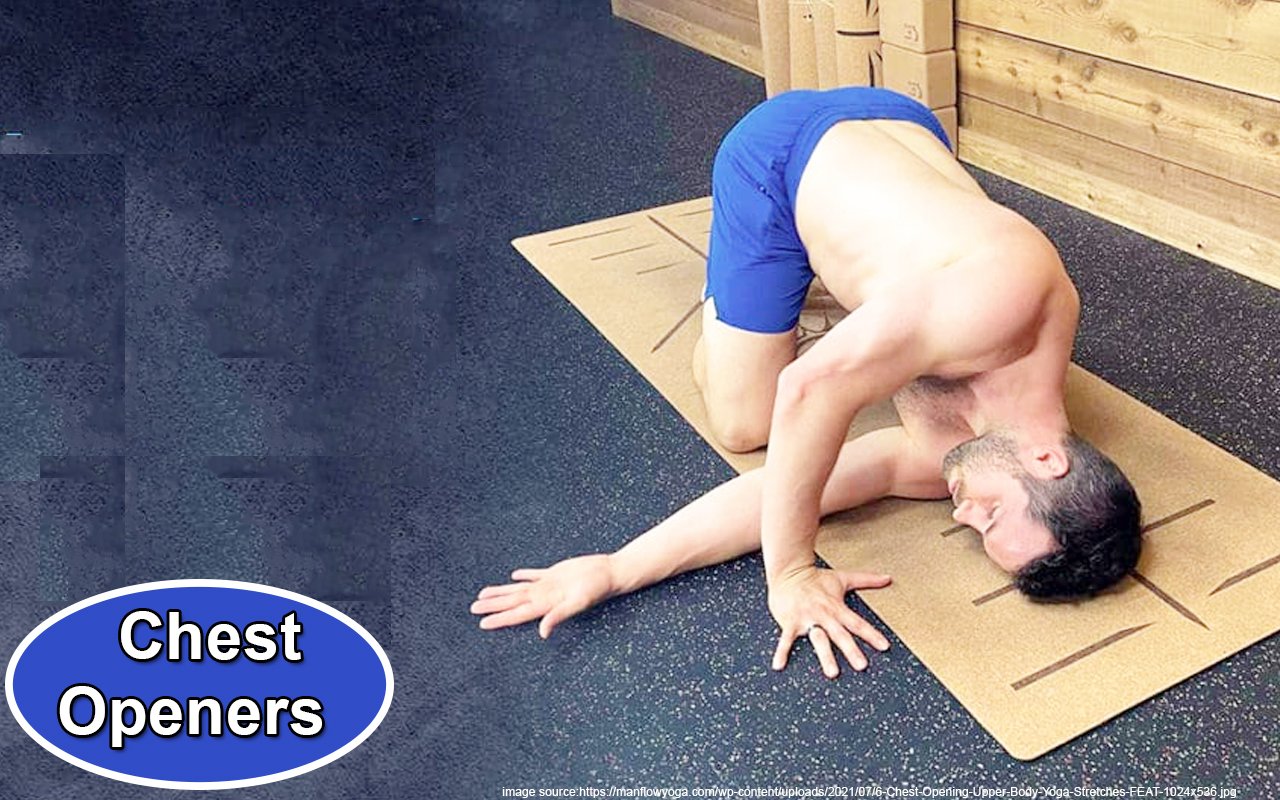
- Shoulder Stretches: Gently move one arm across the body and pull to relieve tense shoulders, or perform the Doorway Shoulder Stretch.
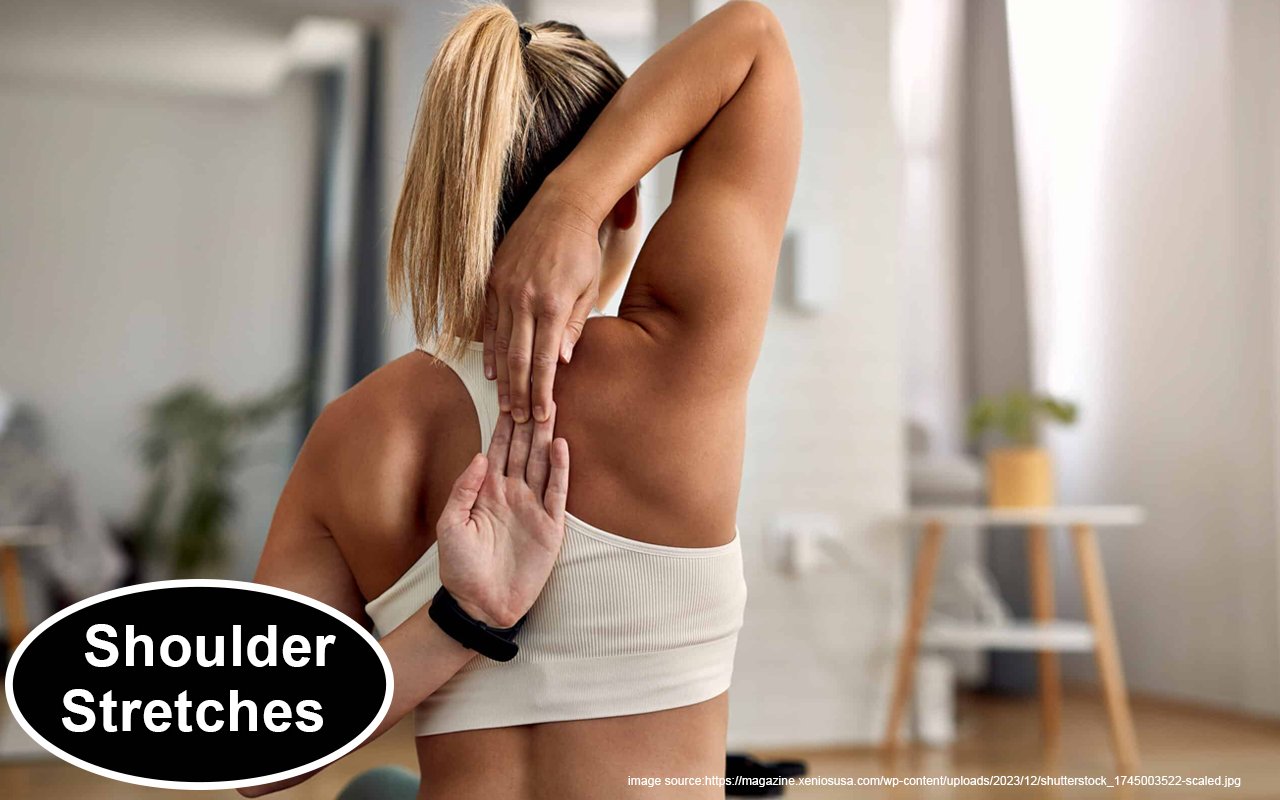
- Hip Flexor Stretches: Try adding some lunges or hip flexor stretches to your routine. They’re great for loosening up tight muscles and helping with posture.
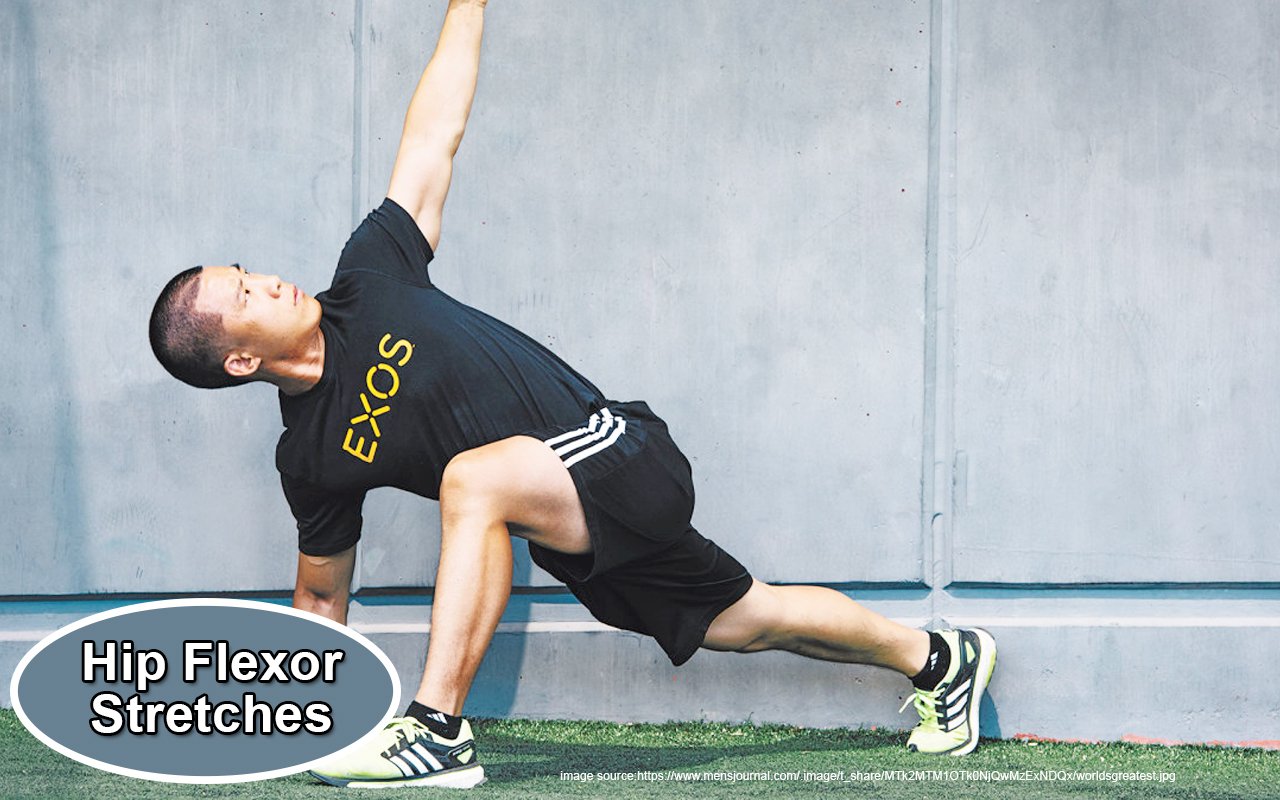
I liked stretching first thing in the morning because it loosened up my body, and then stretching before bed helped release any tension I held throughout the day.
Ergonomic Adjustments
It is equally vital that you set up your environment for good posture and strengthen your muscles. Here are some ergonomic tips:
- Desk setup: Your monitor should be at eye level so you don’t strain your neck looking down. Your chair needs to support your lower back, and your feet need to be flat on the ground.
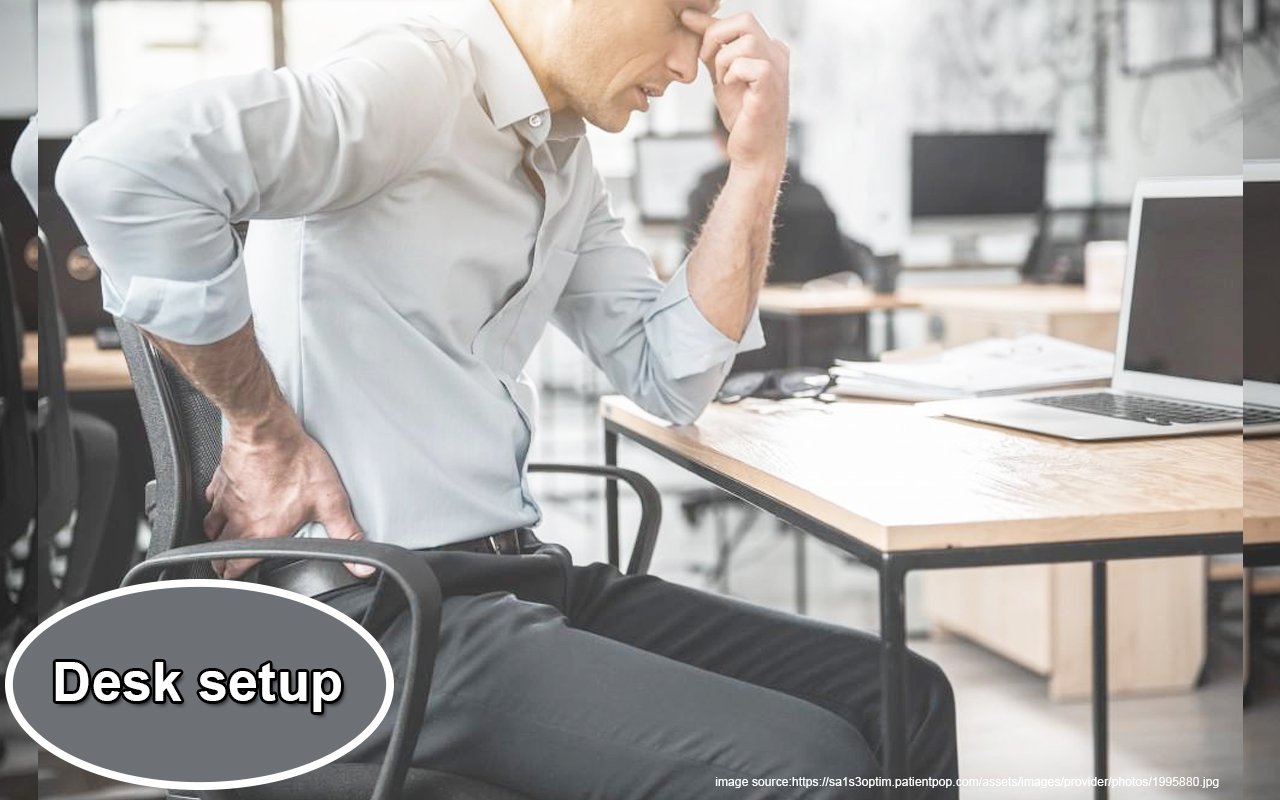
- Keyboard position: When typing, elbows should be at a 90-degree angle, with wrists floating comfortably above the keyboard. You may need to use a wrist rest.
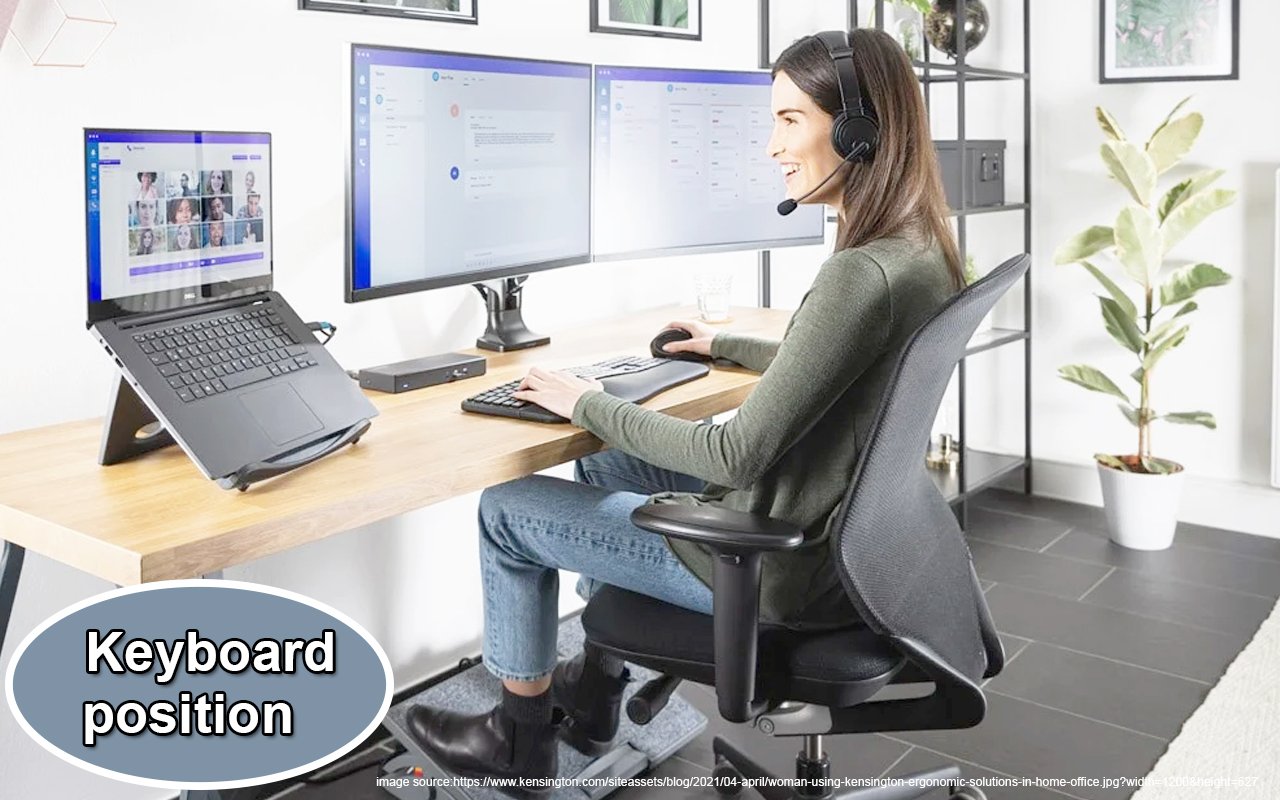
When I raised my chair and lowered my desk to accommodate my posture, I felt 90% less strain on my back and neck.
Professional Help
For more serious posture-related issues, it may be time to look to a professional. A physical therapist or chiropractor may assess your posture and recommend specific stretches or supplements to correct your imbalances. In certain instances, posture-realignment braces and other devices like posture corrector shirt and back supports can help provide additional support in the form of reinforcement, especially when you’re in the adjustment phase.
Long-Term Strategy For Postural Health
Once you’ve made your posture better, it’s crucial to preserve it. If you work on strengthening your muscles, stretching, and maintaining good habits, Integrate posture into your daily routine, whether you’re sitting at your desk, walking, or exercising.
As your muscles get stronger and you get used to aligning your body, it will become second nature to have good posture! You can avoid stiffness and pain that occur due to bad posture by stretching and moving regularly.
FAQ’s
Q1. How do I know if I have a stooped posture?
A stooped posture has rounded shoulders, a forward head, and a slightly curved upper back. You feel tightness or discomfort in your neck, back, or shoulders, particularly if you’ve been sitting for a long time. Stand with your heels, buttocks, and head against a wall to check your posture. If you’re not touching your head or if you sense a big gap in the lower back, you might have bad posture. A physical therapist can evaluate your posture in more detail, too.
Q2. Can I fix my stooped posture if I’ve had it for years?
Yes! Although long-term posture problems may require some time and practicing new habits, stooped posture can definitely be corrected. Core strength and stretching exercises, along with intense awareness of your posture, can lead to great benefits. Sticking with it is important, and your muscles and spine will want time to develop new habits.
Q3. How long does it take to correct stooped posture?
How long it takes to correct, stooped posture primarily depends on how severe the issue is and your back strengthening consistency in doing the corrective exercises. With daily exercises and mindful posture practices, you can expect to start seeing improvements in a few weeks on average. For more extreme cases, this could take a few months, particularly if muscle imbalances or structural issues are involved. If you want to get the best out of the techniques for posture improvement, then try to practice it daily.
Q4. Can a posture corrector help with stooped posture?
While upright postures are important for your alignment, we also provide posture correctors as a short-term solution, and they can serve as a reminder to keep your body aligned. They do this by gently pulling your shoulders back and promoting alignment. However, they should not be considered a long-term solution. The most effective way to fix stooped posture is to work on strengthening, stretching, and making your daily life as ergonomic as possible. Posture correctors can complement these strategies but should not substitute for them.
Q5. How can I prevent stooped posture from coming back?
And to keep stooped posture from returning, it’s important that good posture habits become part of your daily routine. Here are some tips:
- Stay active: Regular exercise, including strengthening and stretching, helps maintain muscle balance.
- Take breaks: It can be anything that holds your attention for just a few seconds.
- Adjust your workspace: Sit at an ergonomic desk that promotes good posture.
- Be mindful of your posture: This refers to how you hold your body when you sit, stand, or walk. Make sure to assess your posture a few times a day.
Q6. Does aging make stooped posture worse?
Yes, when we get older, our muscles and bones change naturally, and poor posture can be a consequence. Diseases such as osteoporosis or age-related spinal degeneration can lead to the spine’s excessive curvature, exacerbating the stooped posture. But staying active, doing strengthening exercises, and having good posture habits can help mitigate such effects and improve your posture as you get older.
Q7. Should I see a doctor if I have a stooped posture?
If you have chronic pain, discomfort, or drastic changes in your posture, it’s worth getting input from a doctor, like a physical therapist or chiropractor. Musculoskeletal specialists will be able to analyze your posture, detect underlying issues that may be affected by your posture, and correct them with treatment or exercises. If your posture is due to a health condition, like osteoporosis or scoliosis, your doctor can direct you on the right path.
Conclusion
Not only is stooped posture a relatively minor thing, but it can really affect the quality of your life. Whether it’s due to prolonged sitting, muscle imbalance, weakness, tightness, or aging, it’s something you can improve with consistency and awareness. Develop a greater understanding of your posture, add strengthening and stretching exercises, and make supportive changes in your environment. A few small tweaks make a massive impact, and Before you know it, you’re Walking tall and feeling amazing!


